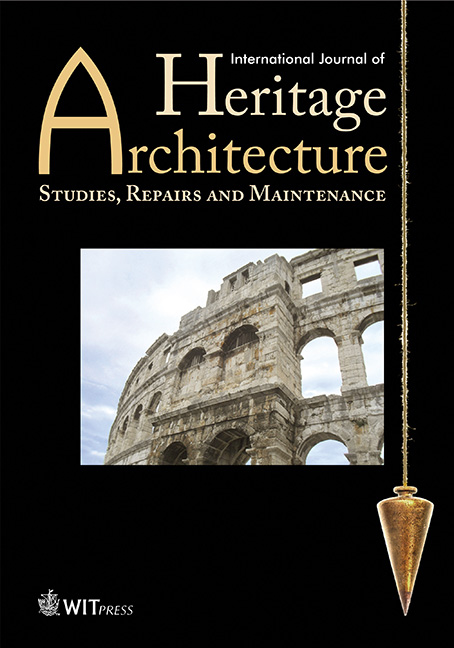AUSTRO-HUNGARIAN FORTIFICATION IN BOSNIA-HERZEGOVINA AND MONTENEGRO.CULTURAL HERITAGE BETWEEN VALUE, TOURISTIC POTENTIAL AND EXTINCTION
Price
Free (open access)
Volume
Volume 2 (2018), Issue 1
Pages
9
Page Range
149 - 158
Paper DOI
10.2495/HA-V2-N1-149-158
Copyright
WIT Press
Author(s)
VOLKER KONSTANTIN PACHAUER
Abstract
Just a few years after Bosnia and Herzegovina has been occupied in 1878 the Austro-Hungarian Empire started an ambitious construction programme to build an extensive fortification system. This region including the southern part of Dalmatia was characterized by increasing tensions between the different ethnic groups and traditional resistance against occupying state powers which ultimately lead to the outbreak of the First World War.
The omnipresence of state power was demonstrated by many military buildings – both in the urban context and the outermost periphery. In addition to the strategic positioning of the fortifications, ‘visibility’ is a deliberately placed calculation and the region became a ‘fortified area’. Using archaic, almost outdated forms in the early phase of construction the defensive purpose is clearly recognizable and underlined by the use of the local terminology ‘Kula’.
The purpose of the following study is to give both a complete overview about the fortification system and the state of preservation as both of them are essential for all further considerations. The construction effort within more than three decades is divided into three periods. These differ in construction manner as a reaction of the technical development, changes of its geopolitical strategic task and the influence of its planners. Specified typologies of fortifications are categorized and recorded for each construction phase. In the second part the development regarding the state of preservation of the fortifications is listed. A considerable loss of substance has been documented during the research which is even accelerating within the last years although a minor of the objects is protected by law. Overall the state of preservation differs from ‘well preserved’ to ‘former position is recognizable in the ground’. Furthermore a large quantity of fortifications disappeared within artificial lakes.
A determined low local level of information about these objects seems to be one of the factors for a slow extinction although the fortification system including its integral network of roads, paths, caserns, cisterns and magazines etc. could form a potential for economic development where fortifications could be the point of interest.
Keywords
Austria-Hungary, 19th/20th century fortification, loss of substance, military architecture, preservation




